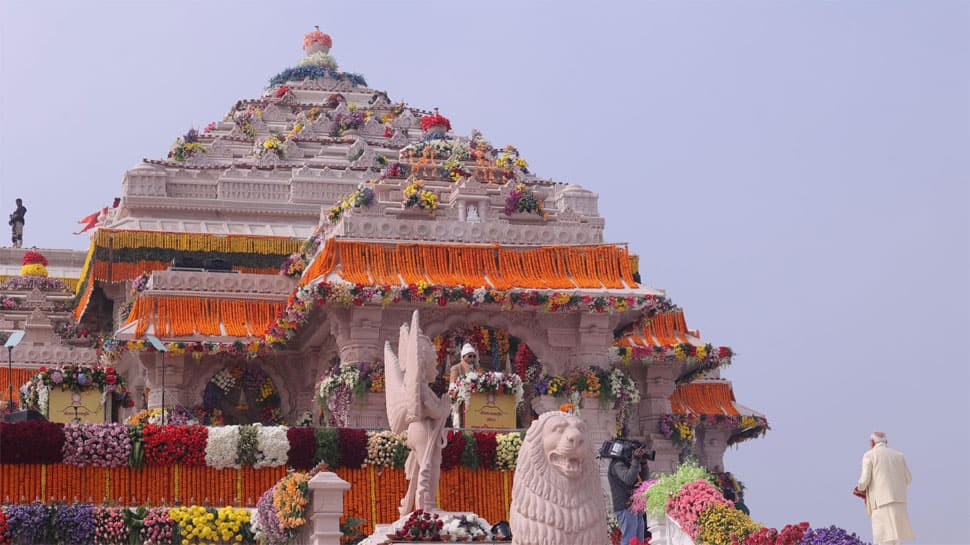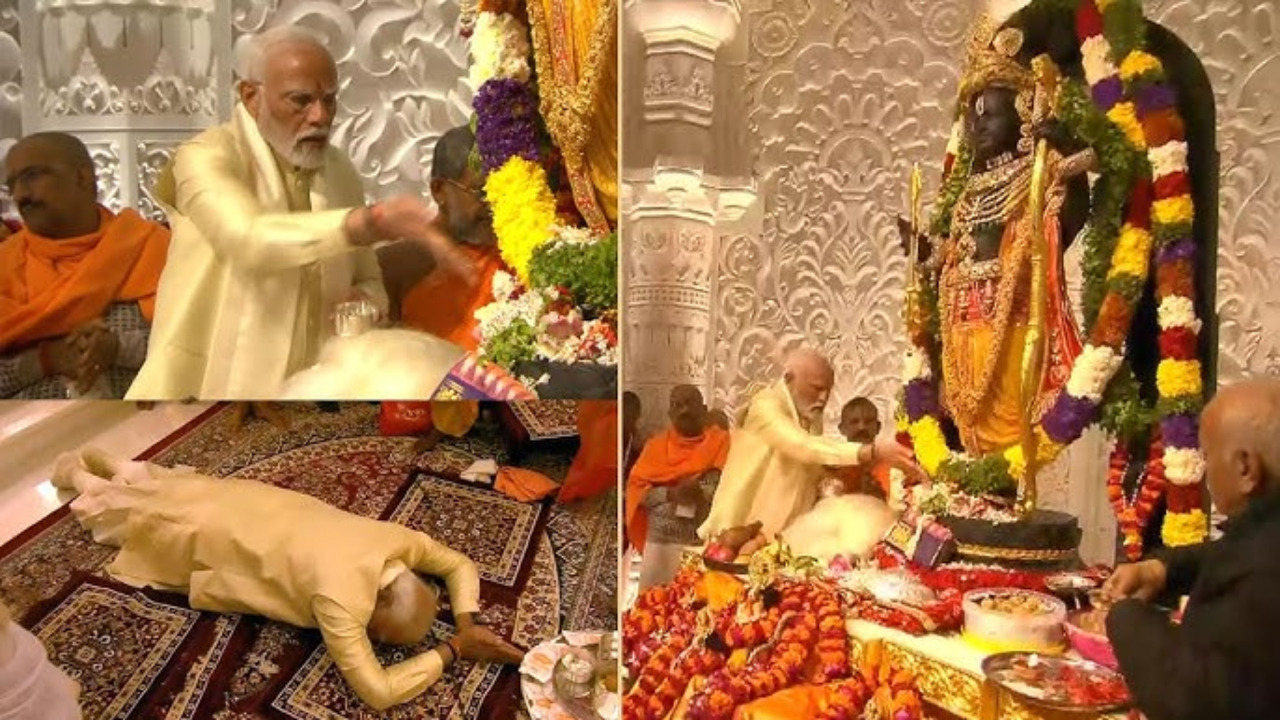Hey readers! Welcome to Trendphobia travel blogs. The Ram Mandir in Ayodhya testifies to a long and intricate history filled with religious significance, legal battles and cultural emotions. In this blog we will take a simple yet comprehensive journey through the story of the Ram Mandir exploring its roots the legal disputes surrounding it and the cultural importance it holds for millions.
Historical Roots

The story of the Ram Mandir dates back thousands of years rooted in the ancient Indian epic the Ramayana. According to Hindu mythology Ayodhya is the birthplace of Lord Rama one of the revered incarnations of Lord Vishnu. The significance of this sacred land has passed down through generations making it a focal point for constructing a grand temple dedicated to Lord Rama.
Babri Masjid and Legal Disputes

The Ram Mandir’s history is also entangled with the Babri Masjid a mosque constructed in the 16th century in Ayodhya during the Mughal era. In 1992 the disputed site witnessed a significant event when a mob demolished the Babri Masjid. This event led to decades of legal battles with multiple parties claiming ownership of the land.

After years of legal wrangling the Supreme Court of India in a historic judgment in November 2019 ruled in favor of constructing the Ram Mandir. The decision marked the end of a protracted legal dispute and paved the way for establishing the temple.
Construction of the Ram Mandir

Following the legal victory the construction of the Ram Mandir began in Ayodhya. The temple’s design draws inspiration from ancient Indian architecture, featuring intricate carvings and sculptures depicting scenes from the Ramayana. Devotees from across the country have contributed to the construction symbolizing the unity and faith that the temple represents.
Cultural Significance

The Ram Mandir holds immense cultural and religious importance for millions of Hindus. It is not just a physical structure but a symbol of faith, devotion and the triumph of good over evil. The completion of the temple is seen as a unifying force bringing people together irrespective of their backgrounds.
Conclusion
The journey of the Ram Mandir in Ayodhya is a saga that encompasses centuries of history, legal battles and cultural sentiments. As the temple stands tall it serves as a symbol of unity, faith and the rich cultural tapestry that defines India. The completion of the Ram Mandir marks not only the realization of a dream for many but also a historic moment etched in the collective memory of the nation.

Trendphobia brings you content that aims to inspire and excite you to live an adventurous and fulfilling life. Stay updated with new trends and ideas and follow trendphobia.
Jai Shree Ram🙏
You may also read:
Noida Dog Park – A Canine Haven Paw-sibilities
Chaukori, Uttarakhand: A Himalayan Gem
Tungnath Temple: A Journey to the Highest Shiva Shrine
Play Laser, Delhi: Where Fun Meets Laser Tag Adventure
Wahniangleng: A Hidden Gem in Meghalaya
